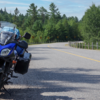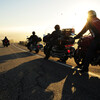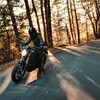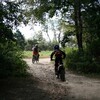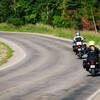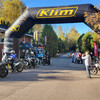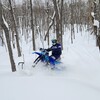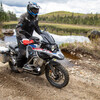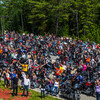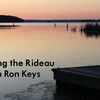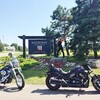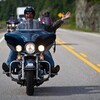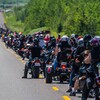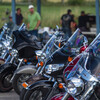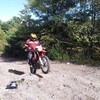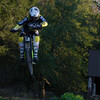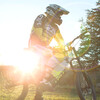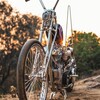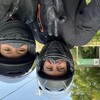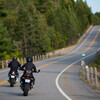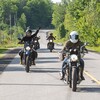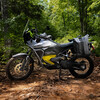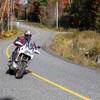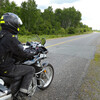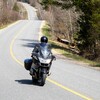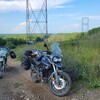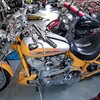
Fort Frances By Motorcycle
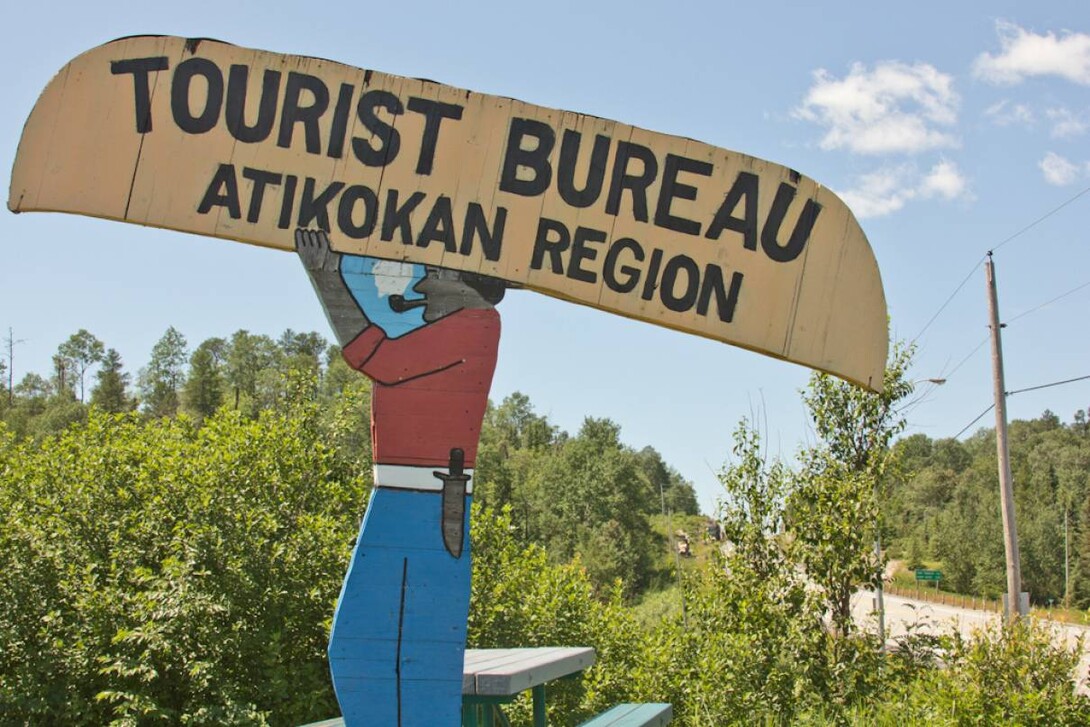
Poised where Rainy Lake empties into Rainy River, the Northwestern Ontario town of Fort Frances (located on the Nor'Wester Loop) pop 8,000, is strategically located along a historic traveling network. Its legacy as a gathering place, reaches back to ancient times, long before Europeans arrived to “settle” the area in 1688. The dense boreal forest and system of waterways, which have made it conducive for travel and habitation, also make it a soul-quenching motorcycle ride.
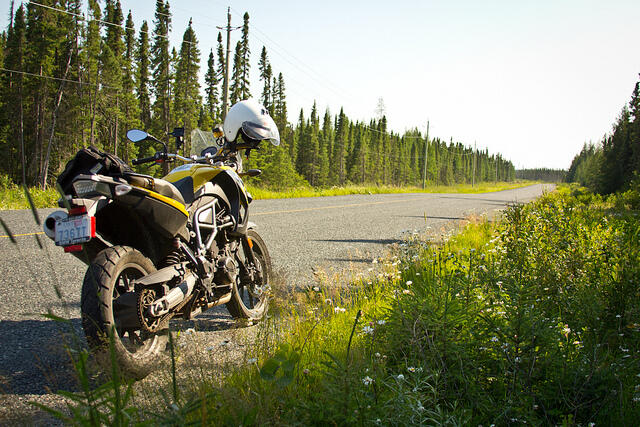
Centrally located in the Rainy River district on the Canada-US border, Fort Frances’s small size belies the large experience you’ll receive from spending time here. Named after the wife of Hudson’s Bay Company Governor Sir George Simpson, it was established as a permanent trading post in 1818, fueled by the lucrative fur trade.
While tourism has been a major source of revenue, the mainstay of the town’s economy is natural-resource based. That’s changing. Again. After 100 years in business, the Resolute Pulp and Paper Mill has just closed, throwing 700 people out of work. The development of a new gold mine in late 2015 promises to return resource–based prosperity to the region.
Technology has always driven change in the region, breeding a resilient and resolute citizenry who welcome travelers. For the rider traveling between eastern and western Canada, there’s an even more practical reason for making Fort Frances a destination. Traffic. The Trans Canada Highway divides in Thunder Bay and the northern branch, also known as Highway 17, is shorter, but it’s also the truck route and the one preferred by RV and house-trailer pulling vehicles.
My 350-kilomteter ride from Thunder Bay along Highway 11 was exquisite. While there are straight sections, it’s mostly characterized by gentle undulations and sweeping curves, passing through rock cuts, dense forests and pristine northern lakes. The road surface is in good condition and there is very little traffic. In fact, for much of the time, I had the road to myself. Gas is available along the way and well-marked picnic areas and rest spots offer a place to stretch one’s legs, feeling like you’re a million miles from anywhere, in nature’s best.
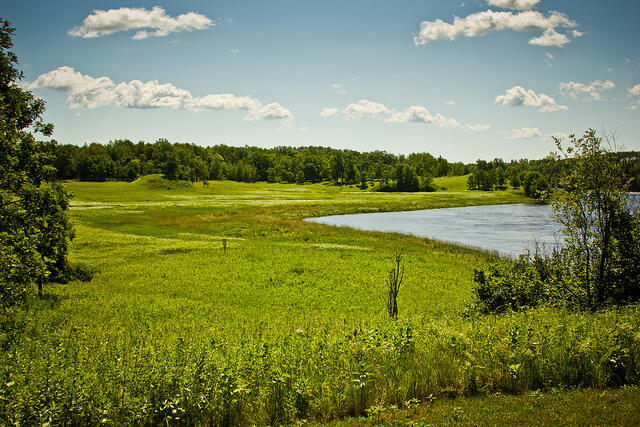
Immediately after crossing the bridge into town, one gets a sense of its bustling history. Although log booms no longer jam the river, there’s still a vibrancy to the waterfront. Climb the 100-foot lookout tower to survey the surroundings, including International Falls, Minnesota, a stone’s throw across the river. Although reminiscent of a fire tower, it was actually constructed in the 1950’s as part of the Early Radar Detection system of defense during the Cold War. Climb aboard the Hallett, a tugboat retired in 1974. During its heyday in the 1950’s, a captain, four crew and two maids, made 20 round trips of 100 miles each a year, herding and corralling logs destined for the mills. Just around the corner is the museum, displaying artifacts and dreams of the pioneers, prospectors, and adventurers who have built the town. A meager admission fee of $4.25, gets you into all three. There’s also an ice cream stand at the ticket counter.
Approximately 45 minutes west of town on Highway 11, the Ojibway people of Rainy River First Nations welcome you to Kay-Nah-Chi-Wah-Nung, also known as the Place of the Long Rapids, a place of sacred beauty and spirituality, and national historic significance. Archeologists have discovered at least 30 villages and campsites, and 17 burial mounds, tracing continual habitation for over 8,000 years.
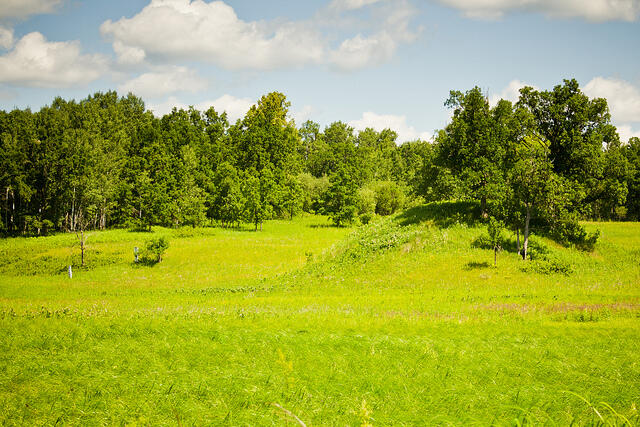
Its strategic location 60 kilometers from the headwaters of the Mississippi, and on the Arctic watershed and the water route inland, has made it a gathering place for trade, celebrations and mourning for peoples from across the continent. Get a brief history in the onsite museum, then take a fascinating and thought-provoking guided or self-guided tour of the site’s 90 hectares. Make sure to stop at the 9-sided Traditional Roundhouse, with a side for each clan, which hosts sacred ceremonies and dances.
For an excellent route through this region, which is close to Winnipeg and Manitoba, check out the Nor'Wester Loop.
Recommended Articles

Bucket List Motorcycling in Ontario, Canada 2026

Ontario's Best Twisties: Five Roads to Get Your Lean On

The Big Belly Tour—A Complete List of Ontario's BBQ Joints

It's Bike Night in Ontario 2024

Ontario's Top Twisties
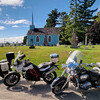
Have You Ridden Canada's OG Highway? Here's Why Every Rider Needs to Hit Up Historic Highway 2
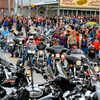
23 Amazing Photos That Prove PD13 Is Still The Best Motorcycle Event Ever
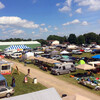
Motorcycle Swap Meets in Ontario—The Complete List for 2025

And a Vespa shall lead them all...
